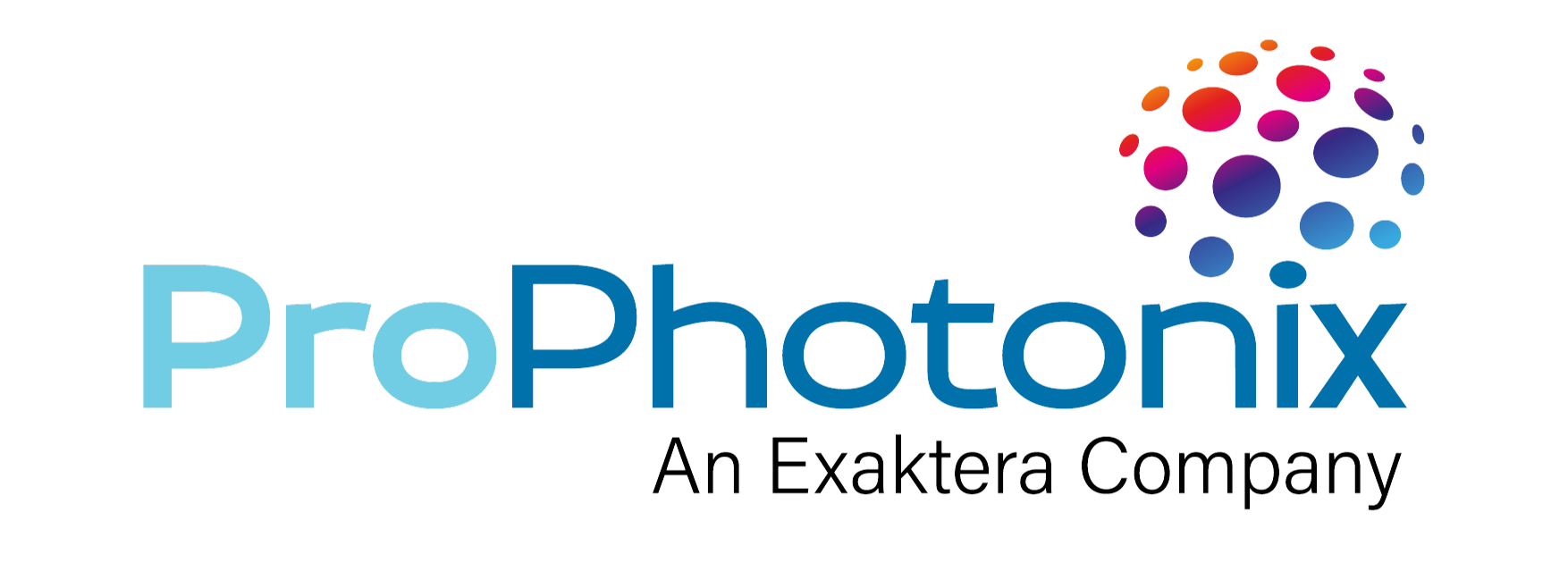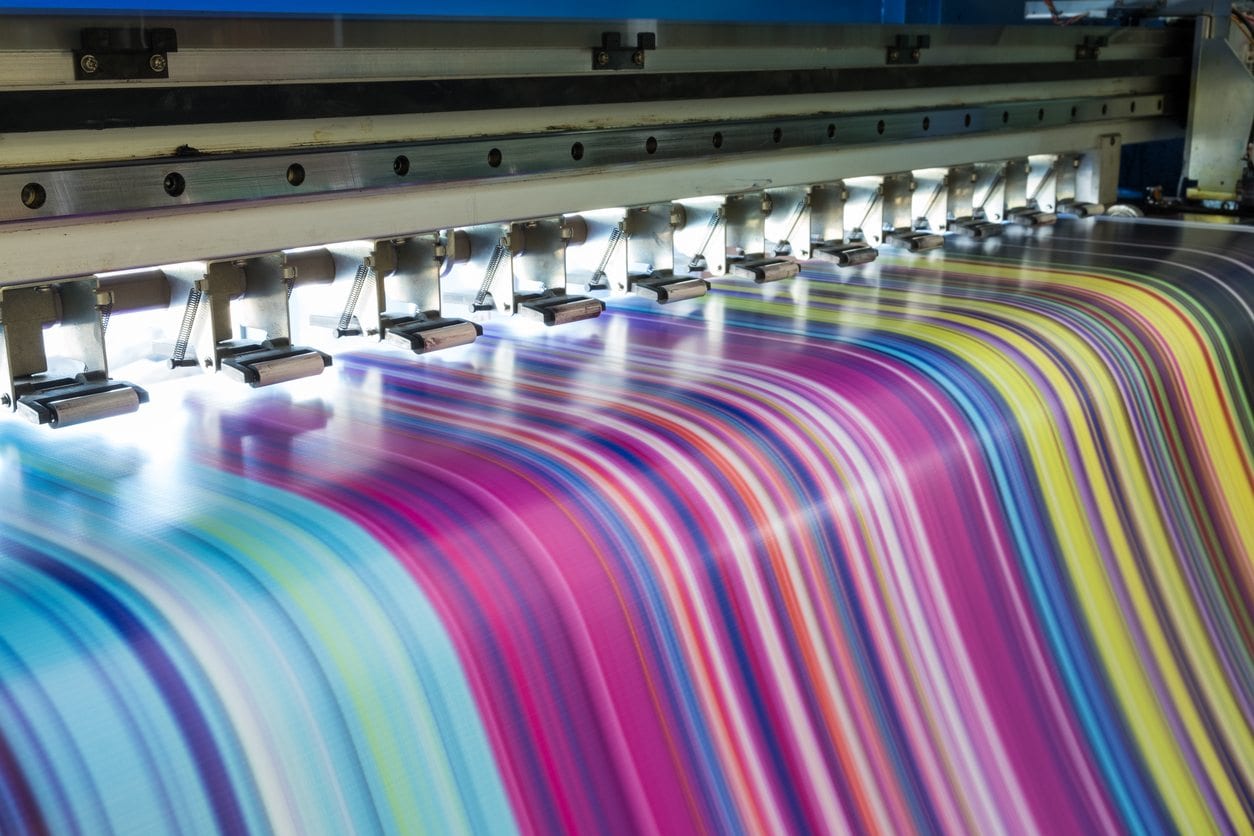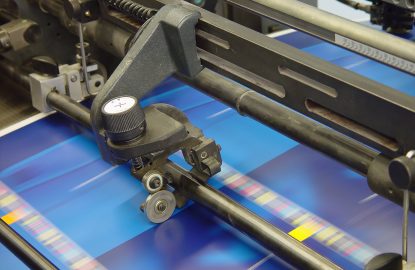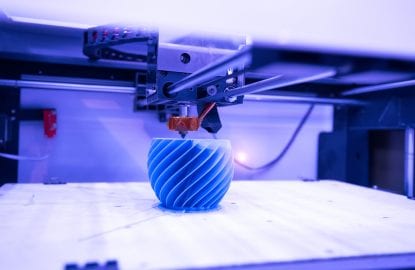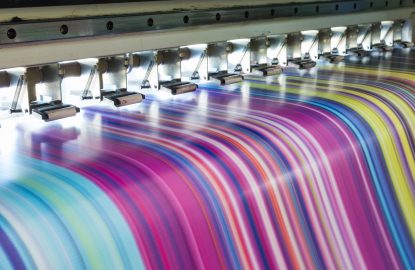To truly optimize a UV LED curing system for an application, specifiers must balance a wide range of criteria including optical considerations, form factor, reliability, lifetime and control requirements, and overall cost of ownership. This post will focus on the key optical characteristics to ensure the best system for your application. Wavelength selection, light output profile, working distance, light uniformity as well as intensity and dose requirements are outlined with further detail available in our latest whitepaper.
Wavelength Selection
Selecting the optimum wavelength in UV LED curing applications is critical to a successful cure. The ideal wavelength will provide the best quality cure in the shortest amount of time. While the absorption profile of the target material is an important factor, an optimized solution should also take account of the efficiency of the LEDs at differing wavelength Your UV LED curing system manufacturer should support you in identifying the optimum solution.
Light Output Profile
Defining the output profile required for your application is important. In some applications, the light output may need to be narrower to avoid curing of material on print heads, for example. Some UV LED curing lamps, such as ProPhotonix’ COBRA Cure FX Series are configurable, allowing the optical profile to be tailored to your specific application needs. Collimated, divergent, or wide-angle options are available. There may be trade-offs to consider with more collimated options offering lower doses than wider angles. If your application requires a specific light output profile, ProPhotonix can work with you to design the optimal UV LED lamp for your application. Contact us for more information.
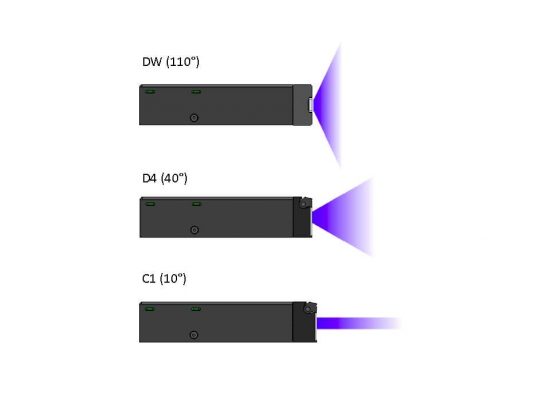
Working Distance
The working distance requirements for an application will have implications for the optical design of the lamps. UV LED curing systems typically need to work over a short working distance range but some applications, where items of different sizes must be cured, may require a different optical system to deliver a much wider depth of focus.
Intensity & Dose
UV curable media require both a minimum amount of intensity to initiate the curing process and a minimum dose for an effective, total cure. Lamp intensity is defined as the overall power of the lamp and is most often designated in watts. Light intensity at the target surface, denoted by the term irradiance, is a measure of the exposure per second and is most often quantified in watts/cm2. Light energy at the cure surface (dose) is a measure of radiant exposure (intensity x time), quantified as joules/cm2. It is essential that irradiance and dose are measured in order to optimize cure conditions and maintain consistency in cure results. The intensity and dose must be balanced to provide the optimum cure.
Uniformity
In UV Curing applications, poor uniformity can result in and uneven cure. Chip-on-Board LED technology, a high-density LED packaging method, provides high uniformity LED lights. ProPhotonix designs and manufactures Chip-on-Board LED arrays in-house, ensuring the expertise and flexibility to provide custom design and manufacture for applications with even the most extreme uniformity requirements.
Chip-on-Board LED Manufacturing at ProPhotonix
Specifying UV LED Curing Systems Whitepaper
With more than 15 years of experience in UV LED systems, ProPhotonix has recently released a Whitepaper outlining the key considerations when Specifying UV LED Curing systems. This guide from the engineers at ProPhotonix, provides further detail on optical considerations as well as a discussion on other considerations such as form factor, control, lifetime, reliability and cost of ownership. For more information, download the whitepaper.
ProPhotonix is a leading designer and manufacturer of Laser Diodes, Laser Modules, UV LED Curing Systems, LED Products, and UVC LED Disinfection Systems. Contact us for free expert advice on selecting the optimal solution for your system.
